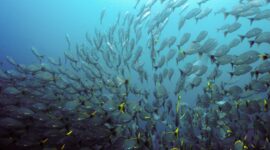
Links between pollution and cancer in wild animals: what can we learn?
12.02.2021
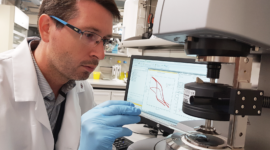
Researchers look to saccharides for a breakthrough in the battle against coronavirus
05.10.2020
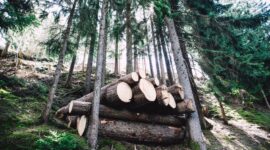
Synthetic biology opens up a new development path for the wood industry
22.09.2020
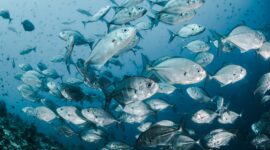
Do fish get cancer?
08.09.2020

Should wood become cheaper than fossil fuel?
04.08.2020
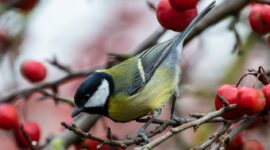
Looking at the forest through the eyes of birds
26.05.2020
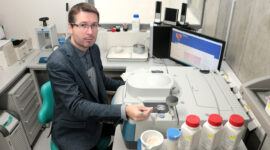
Use of crustaceans in healing wounds – future of medicine?
21.05.2020
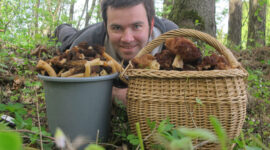
Why are Estonian mushroom scientists among the best in the world?
20.05.2020
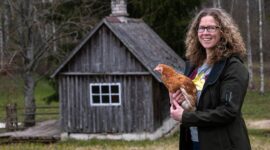
Biologists map biodiversity to break the silence
05.05.2020

The growth rate effect of gut bacteria on degradation of dietary fibers
28.04.2020

Don’t hope mature forests to soak up carbon dioxide emissions
22.04.2020
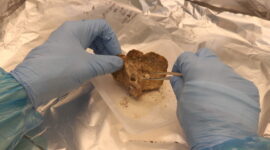
University of Tartu researcher to study inequality in prehistoric Europe
09.04.2020
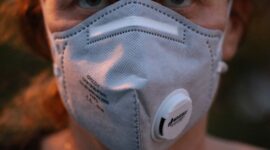
What is coronavirus doing to our planet?
03.04.2020
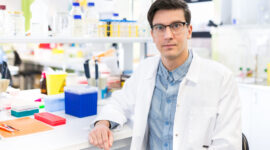
Scientists make food supplements from wood
31.03.2020
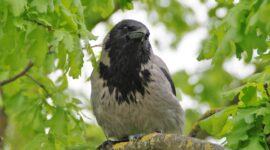
Fearfulness of birds helps plan nature conservation measures
26.03.2020
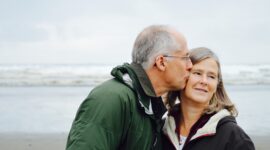
How to slow down ageing?
19.03.2020
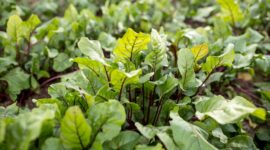
Plants complain about heat with odour
18.03.2020
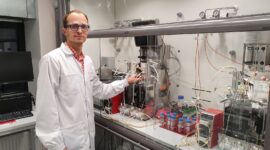
Turning greenhouse gases into useful resources
10.03.2020
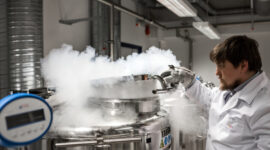
New research centre combines genomics, evolution and personalised medicine
11.02.2020
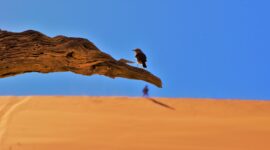
Bird migration over the desert – with or without intermediate stops?
07.02.2020
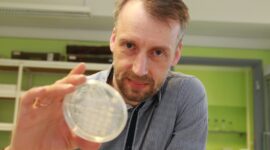
Scientists hope to defeat infections after discovering bacterial espionage
23.01.2020
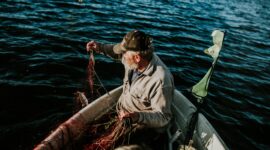
Advancing marine forecast models
20.01.2020
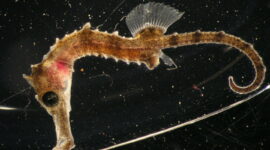
Seahorses are helping scientists to study the evolution of pregnancy
15.01.2020
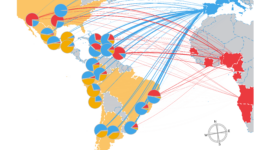
The genomic impact of European colonization of the Americas
14.01.2020